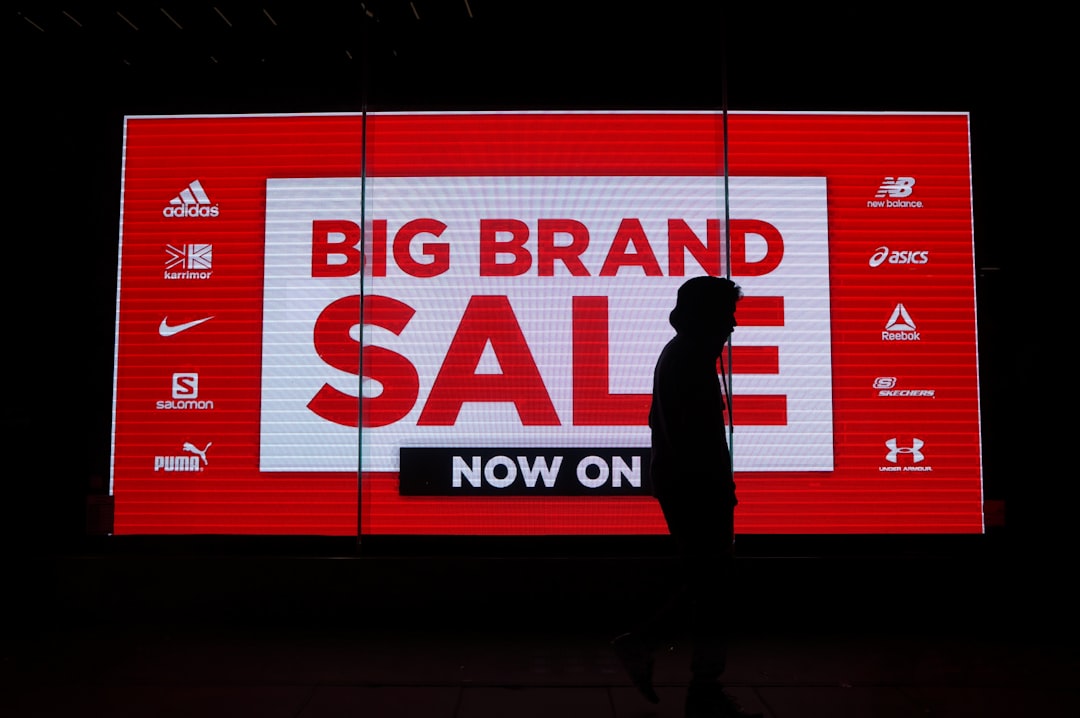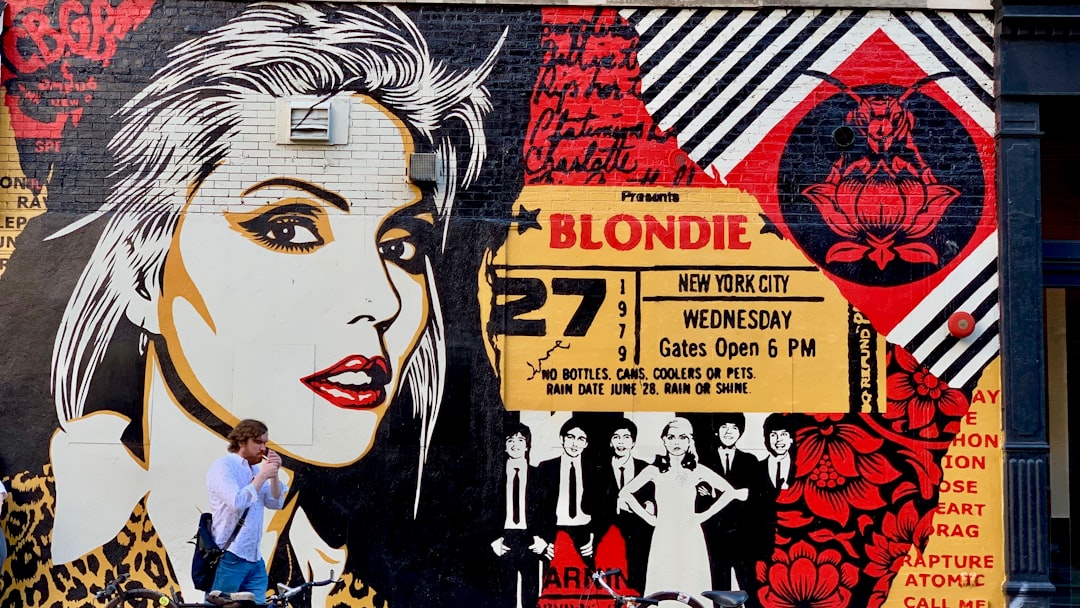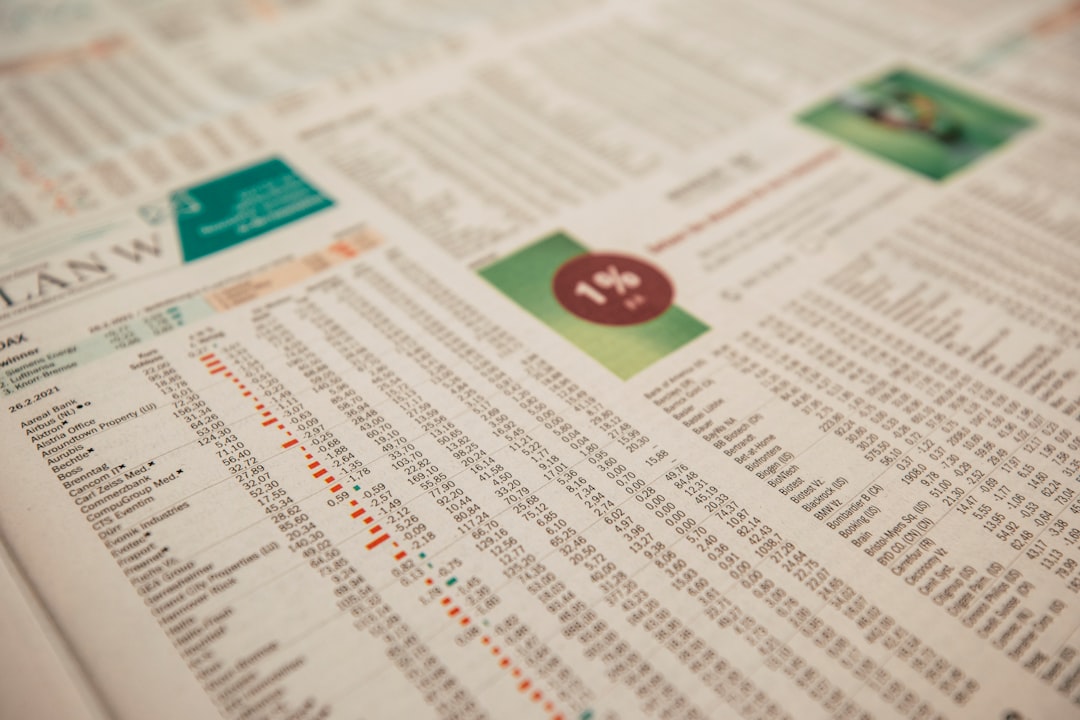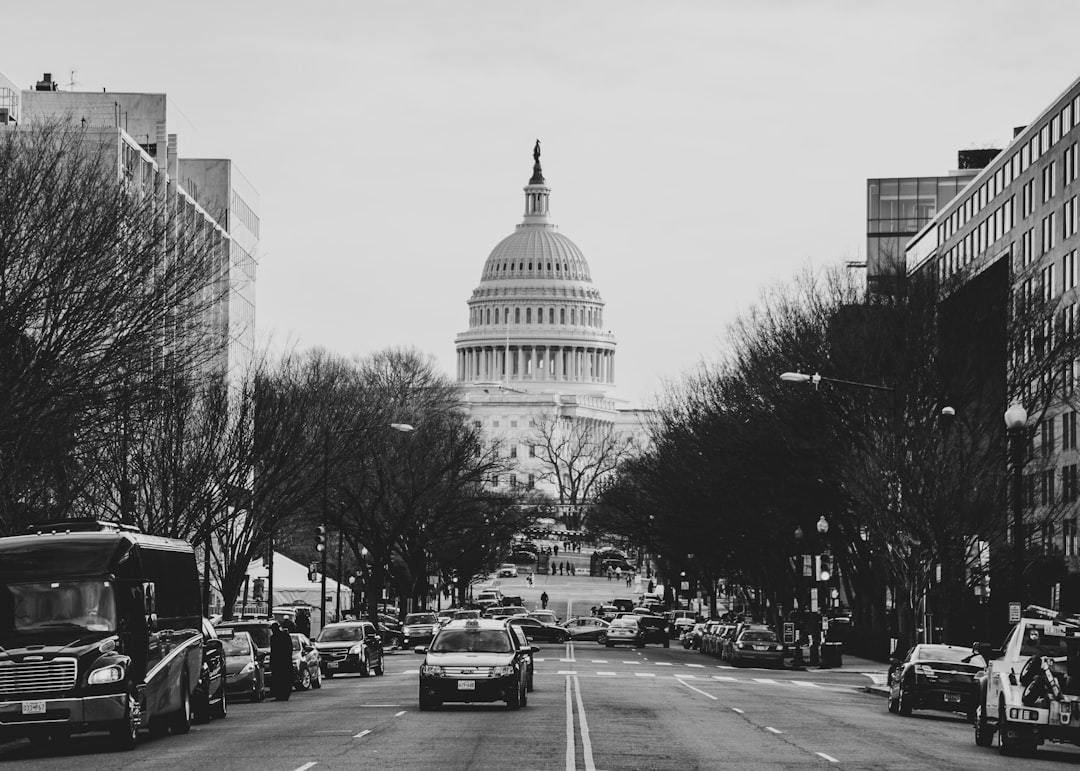Brands Are A Big Part of the Musician's Paycheck
Streaming, show and sponsorship dollars all rely on a robust brand ecosystem.

In the realm of recorded music revenue, the chart has been up and to the right for more than a decade, with the only variable being “how much” growth. With the release of Q2 financials from all three major labels in recent weeks, the trend continues.
However, as Billboard pointed out in an article last week titled “In Strong 2022, Advertising Is Rare Weakness for Music Biz,” revenue from ad-supported sources, including non-subscription streams on Spotify and pretty much all music on YouTube, could be wavering as a larger economic slowdown takes hold. The concern was voiced in Warner Music’s earnings call, which stated that the ad-driven portion of the business was “affected by market-related slowdown in ad-supported revenue.”
Fortunately for rightsholders, ad-supported income makes up just 13% of streaming revenue in the U.S., meaning that even if sponsor dollars hit the skids, the paid subscriptions that makeup 78% of music revenue in the U.S. will keep the labels well in the black. But the direct coupling of music revenue to ad revenue in the streaming economy means that the fortunes of rightsholders can be buffeted by disruptions in the ad business as a whole.
And streaming isn’t the only place where artists’ earnings link to global marketing budgets. Live event sponsorships have long played a significant role in the health of the sector, operating with an impressive 65% margin according to numbers from Live Nation (compared to 2% EBITA for the concerts themselves and 20% for ticketing services.)
Technically, all artist-related show revenue comes from the “concerts” pot, hence the slim margin for the promoter. But without the added sponsorship earnings that allow Live Nation to thrive, there’s no doubt the door split would have to change significantly for the world’s largest promoter to stay in business. So it’s good news that Live Nation’s Q2 report boasted of “74% growth in revenue relative to Q2 2019, as we further enabled more brands to connect with an increasing number of fans on a global basis.”
Of course, the juiciest plum on the brand tree is direct artist collabs and sponsorships. Traditionally, that fruit sits highest on the tree, where only artists with sizable followings can reach. One need only click on the Rolling Stone advertorial, “17 Musician Brand Collaborations You Need to Know About” to witness how artists from the Grateful Dead to Trippie Redd rake in dollars by repping everything from coolers and ice cream to clothing and clogs.
But the influencer economy has made money more accessible to anyone with a sizable social media following. And considering that musicians are the most followed out of all public figures on social media, the bond between musicians and brand budgets grows constantly stronger — for good and ill.
The whole thing can even become cyclicle once artists start owning the brands. The golden age of Bad Boy Entertainment ended once Diddy’s Cîroc checks started coming in. Rihanna doesn’t seem to have as much time for music since Fenty made her a billionaire. And there are those who wish Ye would stick to making Yeezys at this point. Launching these global consumer brands requires resources far beyond the reach of all but music’s most elite.
But a more democratic model could be gleaned from Mr. Beast whose Beast Burger virtual restaurant concept is reinventing the franchise model so ghost kitchens cook up the grub while he markets the eats to his 100M YouTube followers. With the metaverse become more of a reality with each passing month, it’s easy to see why early adopters like Snoop and Deadmau5 are eager to create virtual brands that can bring in IRL cash.
The music business has proven to be incredibly resilient, despite the global upheavals that seem to be an everyday occurrence. But the actual connection between macro-economic conditions and industry health is more simpatico than it may seem at first glance. The contribution of brands to the bottom line occurs in a variety of ways, some less obvious than other. But combined, those dollars make up an essential pillar.
TAKEAWAYS
Salient statements from this week’s music news.
1. Spotify Starts Selling Live Music Tickets to Fans Directly
A new site, Spotify Tickets, is selling a very limited selection of shows at independent venues that aren’t tied to corporate ticketing deals.
Takeaway: Spotify’s product manager for Live Events Discovery Sam Sheridan said that while people were engaging with artists on the app, they left the platform to find events for their live performances. With the revamped live events feed and the ticketing platform, the company is trying to solve the discovery problem and earn some money through ticket booking directly or as an affiliate partner.

2. Music’s Bond Adventure Continues, as SESAC and Hipgnosis Both Launch Nine-Figure Offerings
Higher interest rates have stalled catalog acquisitions, so the buyers have become the sellers by issuing bonds backed by music assets.
Takeaway: In a robust sign that music royalties remain a very investible proposition, the past few weeks have seen not one but two significant music industry companies begin securitizing their assets into bonds.

3. U.S. Congresswoman Rashida Tlaib Drafts Legislation For ‘A New Streaming Royalty That Will Be Paid Directly to Artists’
The Union of Musicians and Allied Workers is working with the Michigan Congresswoman to create legislation and bring politicians onboard.
Takeaway: The model would also employ the Copyright Royalty Board “to calculate and distribute royalties” for streaming services, to which the mentioned lawmaker said that “Spotify specifically is acting in bad faith in many ways.”



